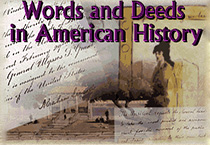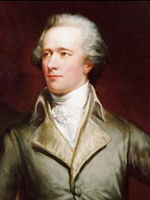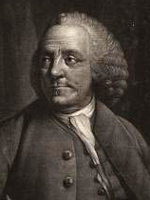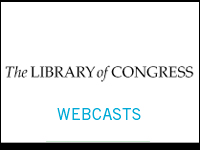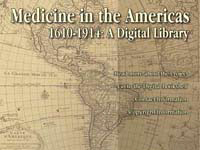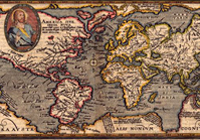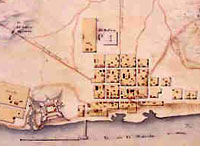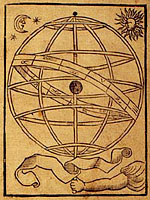Bethlehem Digital History Project
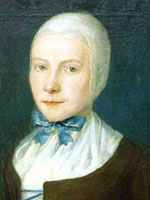
This collection of materials addresses the Moravian community of Bethlehem, PA, from its founding in 1741 to 1844, when the community first opened to non-Moravians. Most documents are available in three formats: facsimile of original in German type, transcription, and translation into English. All documents may be read in English.
A 650-word essay introduces visitors to Bethlehem history. The community kept a diary that visitors may read for the years 1742 to 1745. The Journal of the Commission of the Brethren of Bethlehem, from 1752 to 1760, allows further access to the inner workings of the community. The death register currently lists 400-word obituaries for five women and six men. Birth and marriage registers are to be added to the site.
Moravians of this era read memoirs (2,0003,000 words) at the funerals of community members, sometimes incorporating autobiographical writing. Visitors may read 34 of these memoirs.
The records of the community also include four maps, a survey, and the ledgers of the town finances from 1747 to 1765. Inventories of four shops may also be examined.
Other material includes a 32-page 1876 historical sketch of the Bethlehem Seminary for Young Ladies, a 19-page scholarly essay on the Moravian approach to business, and a 1762 discussion of how to finance the Single Sisters' Choir. Visitors may search the site by subject. The site will be very interesting for research in colonial history and the history of religion in America.
